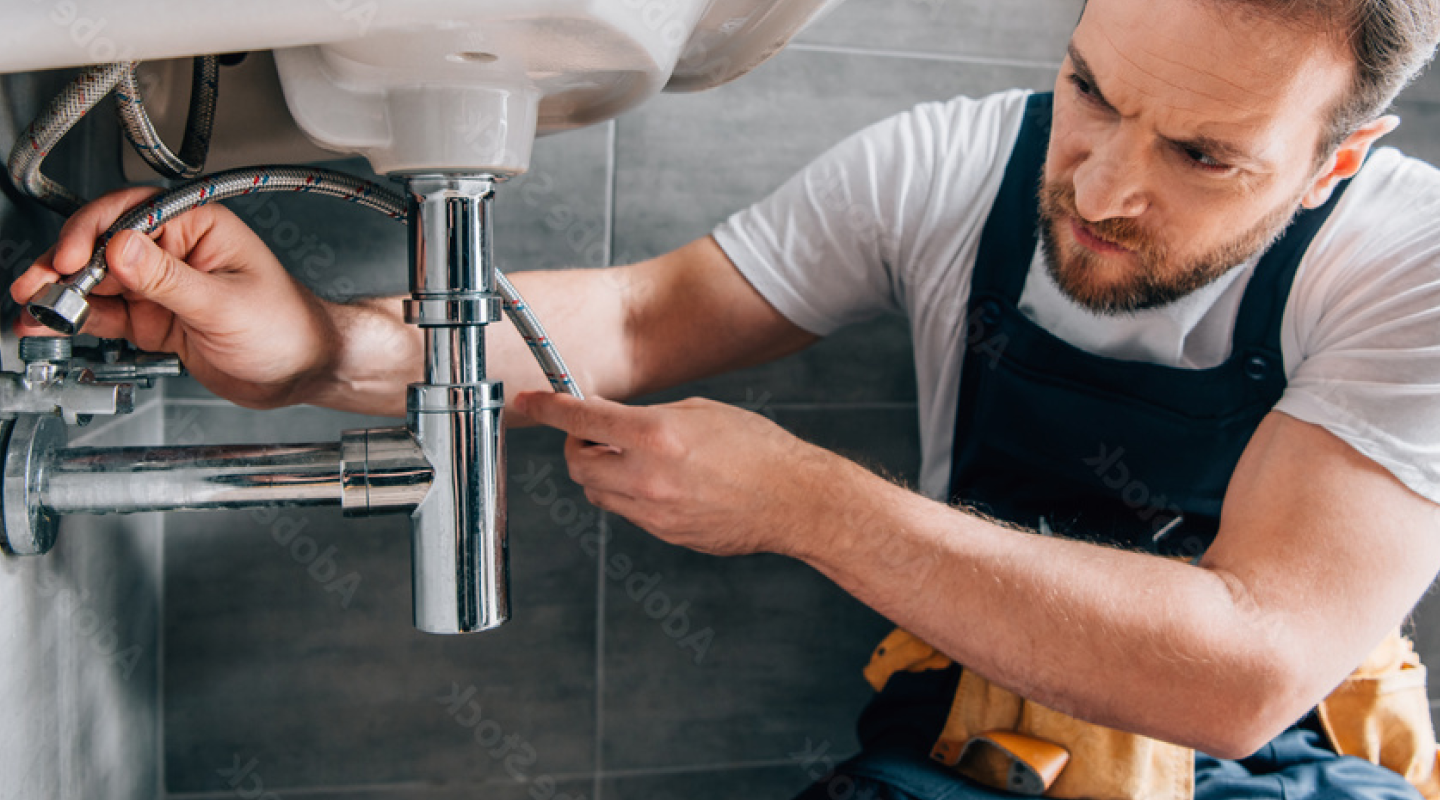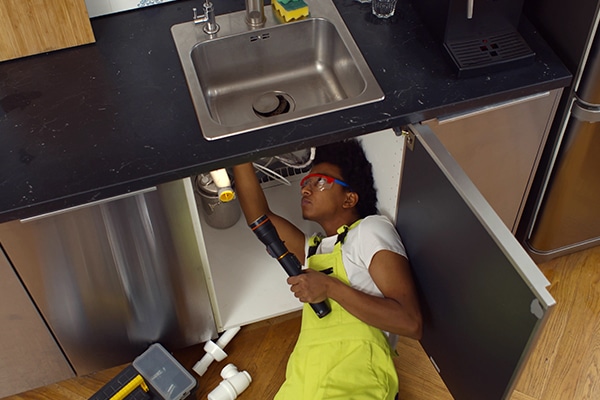Reputable Plumber Alabaster AL for All Your Emergency situation Requirements
Reputable Plumber Alabaster AL for All Your Emergency situation Requirements
Blog Article
A Step-by-Step Guide to Effective Hot Water Heater Installation for Optimum Performance
Embarking on the task of mounting a water heating system is a venture that requires precision and an organized strategy for attaining optimum performance. As you proceed, the details of connecting water supply lines and establishing up trusted electrical or gas connections wait for, encouraging insights right into making certain effectiveness and integrity.
Picking the Right Hot Water Heater

Next, consider the size and capability of the hot water heater. It's important to evaluate your family's warm water demands, which can differ based upon the variety of owners and their use patterns. A system that's as well little may bring about insufficient warm water, while an extra-large version could lead to unneeded power consumption.
Effectiveness scores likewise play a crucial role in choice. Seek water heaters with high Energy Element (EF) ratings, indicating exceptional efficiency and minimized energy use. Tankless models, though commonly much more costly in advance, deal significant energy financial savings over time due to their on-demand heating capacities.
Preparing the Installment Location
Prior to setting up a brand-new water heating system, precise prep work of the setup location is important. It's vital to gauge the space thoroughly to fit the water heating system's measurements, ensuring adequate clearance around the system for efficient procedure and maintenance.
Next, remove any particles, dirt, or blockages from the site to create a tidy environment. Examine the floor for security, as the hot water heater will need a solid, level surface area to operate properly. If required, install a drip pan below the unit to catch potential leakages or spills, avoiding water damage to the surrounding area. In areas susceptible to seismic activity, think about installing seismic bands to protect the heating unit strongly in area.
In addition, ensure that all needed tools and products are on hand before starting the installation. This consists of items such as wrenches, screwdrivers, a degree, and any additional equipment required for safeguarding the heating unit and mounting. A well-prepared setup area sets the structure for an effective hot water heater arrangement, optimizing performance and safety and security.
Connecting Water Supply Lines
When linking supply of water lines to your freshly mounted water heating system, it is essential to guarantee that all connections are leak-free and protected to maintain reliable procedure and protect against water damage. Begin by recognizing the hot and chilly water system lines. The cold water inlet is normally noted with a blue label or a "C", while Related Site the warm water outlet is noted with a red tag or an "H".
Use versatile hot water heater ports to help with a much easier setup procedure. These connectors can soak up resonance and permit for minor motion, reducing the threat of leakages. Prior to affixing the ports, put a plumbing professional's tape around the threaded ends of the hot water heater's inlet and electrical outlet pipes - Plumbing Services Alabaster AL. This tape functions as a sealant, top article stopping leaks. Very carefully attach the flexible hose pipes to the corresponding inlet and electrical outlet, ensuring that they are not over-tightened yet limited, which can damage the strings.
Once links are in area, slowly switch on the main supply of water valve. Check each link for leaks by aesthetically inspecting and really feeling for wetness. Tighten connections as essential, and make certain the stress safety valve is properly set up, safeguarding versus too much pressure accumulation.
Establishing Up Electrical or Gas Connections
Correctly establishing the electrical or gas connections for your water heating unit is a vital action to make certain efficient and secure operation. For electric hot water heater, begin by verifying that the electrical circuit is compatible with the heating unit's voltage and amperage demands. Make certain the power supply is switched off at the breaker to avoid accidents. Connect the electric cords to the heater complying with the producer's circuitry representation. Normally, this entails attaching the ground cord to the eco-friendly terminal, and the continuing to be wires to their corresponding terminals, securing each with cord nuts.
For gas water heaters, safety and security is extremely important. Attach the gas line to the water heater utilizing an adaptable gas adapter, ensuring it is correctly threaded and sealed with pipe joint compound or Teflon tape ideal for gas connections.
When connections are made, evaluate for any type of potential leaks. For gas lines, use a soapy water service to the joints; bubbles indicate a leak. For electrical connections, verify that all electrical wiring is safe and effectively protected, preserving compliance with neighborhood electrical codes.
Changing and evaluating for Efficiency
With the electrical and gas connections safely in area, the next step is examining the go right here operational efficiency of your water heating system. Begin by carefully transforming on the water supply and making certain there are no leakages at any of the valves or joints.
Next, do an extensive assessment to make sure the home heating elements or burner are functioning appropriately. For electric heaters, use a multimeter to confirm if the components are drawing the ideal existing. In gas designs, observe the burner flame; it ought to be blue and steady, showing effective combustion.
Readjust the setups as required to remove inadequacies. Consider applying insulation actions, such as including a water heating unit covering, to even more enhance performance by decreasing warm loss. Additionally, examine the anode pole's problem, as a worn-out rod can reduce effectiveness and bring about tank deterioration.
Verdict
Efficient water heating unit installment is critical for guaranteeing optimum performance and energy cost savings. Securely linking water supply lines and meticulously establishing up electrical or gas links lessen possible concerns.

Effectively establishing up the electrical or gas links for your water heating system is a crucial step to make sure efficient and secure operation. For electrical water heating systems, start by validating that the electric circuit is compatible with the heater's voltage and amperage needs. Connect the gas line to the water heater using a versatile gas connector, guaranteeing it is correctly threaded and sealed with pipe joint compound or Teflon tape ideal for gas connections.
Report this page